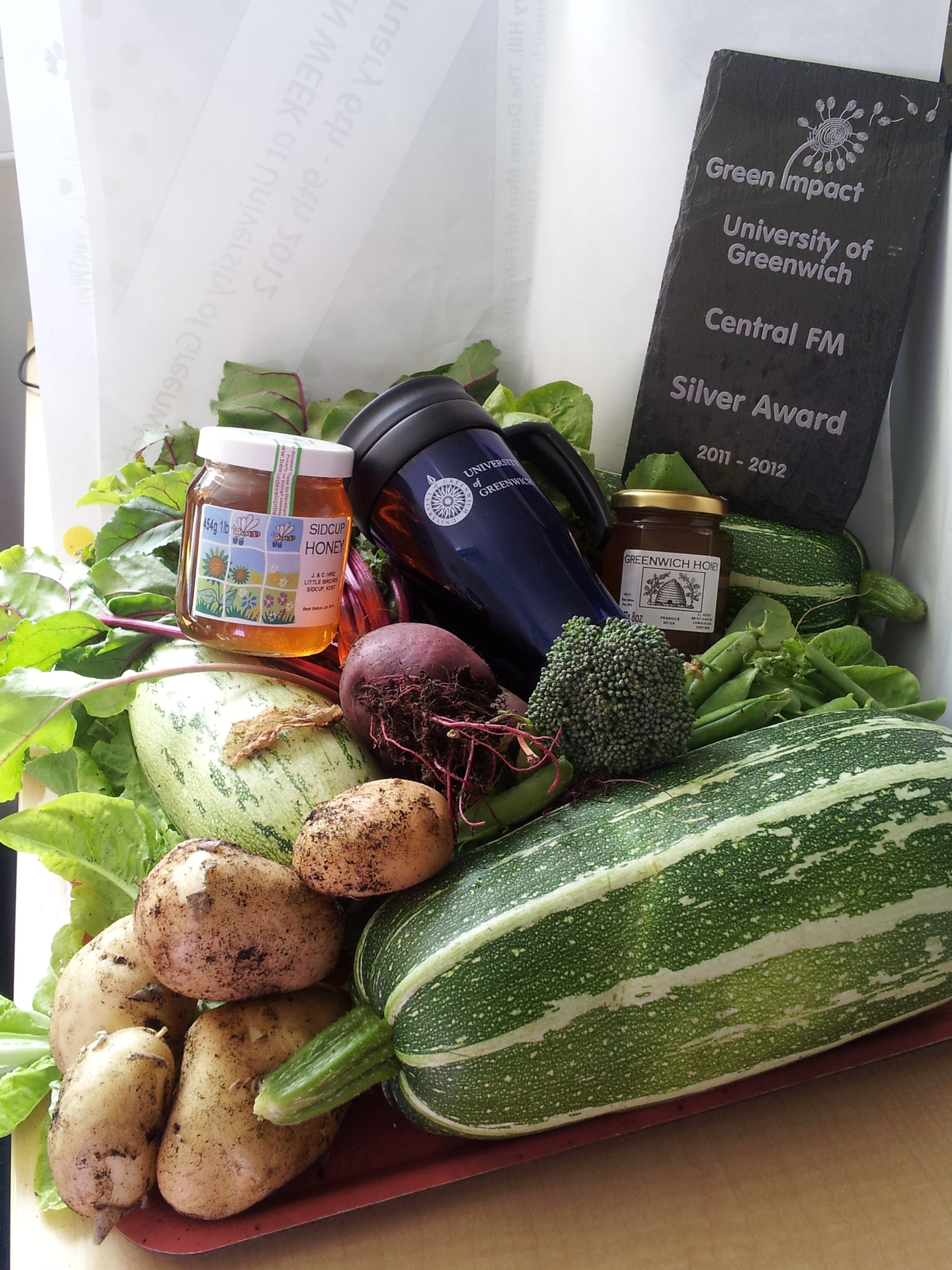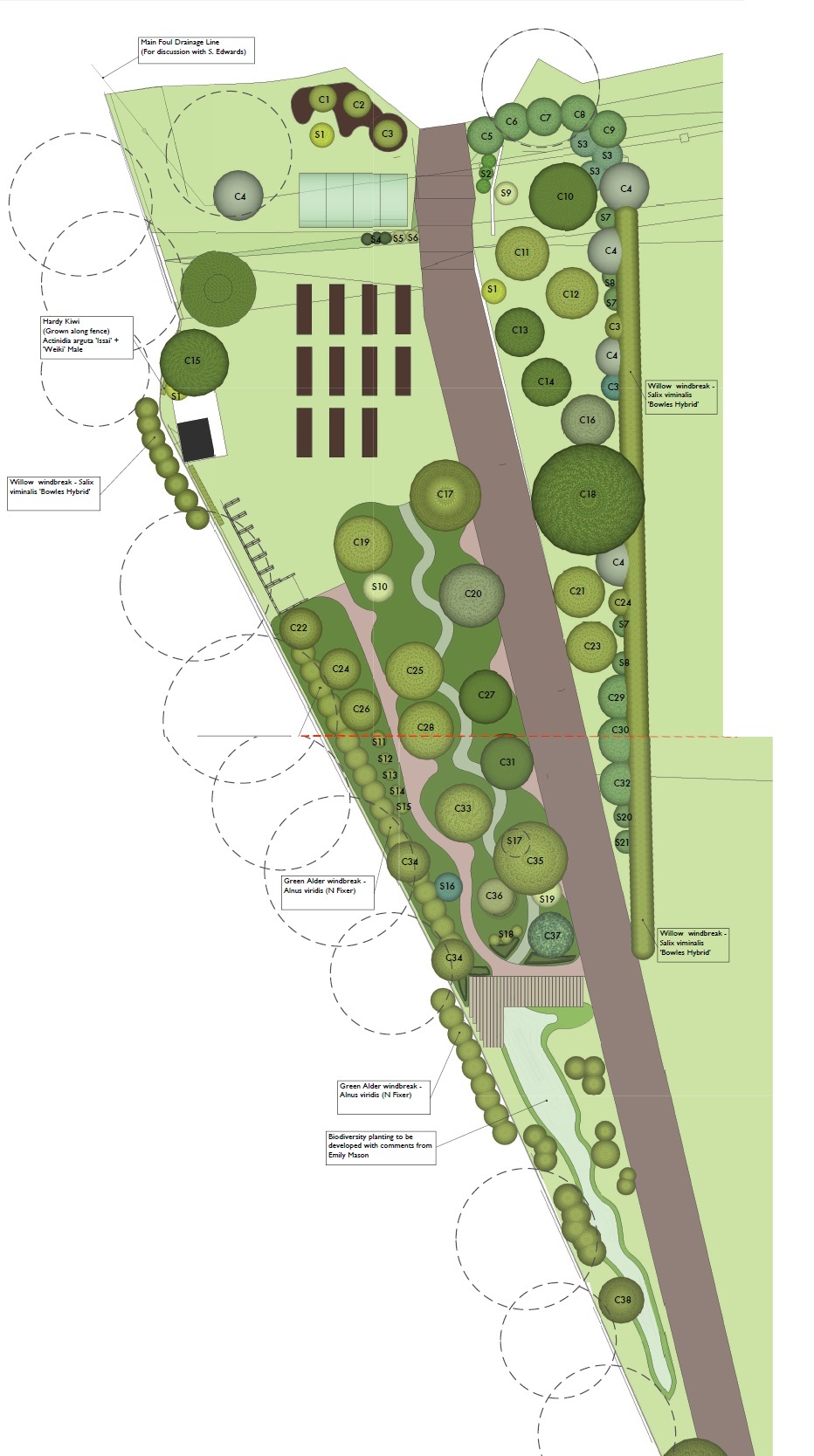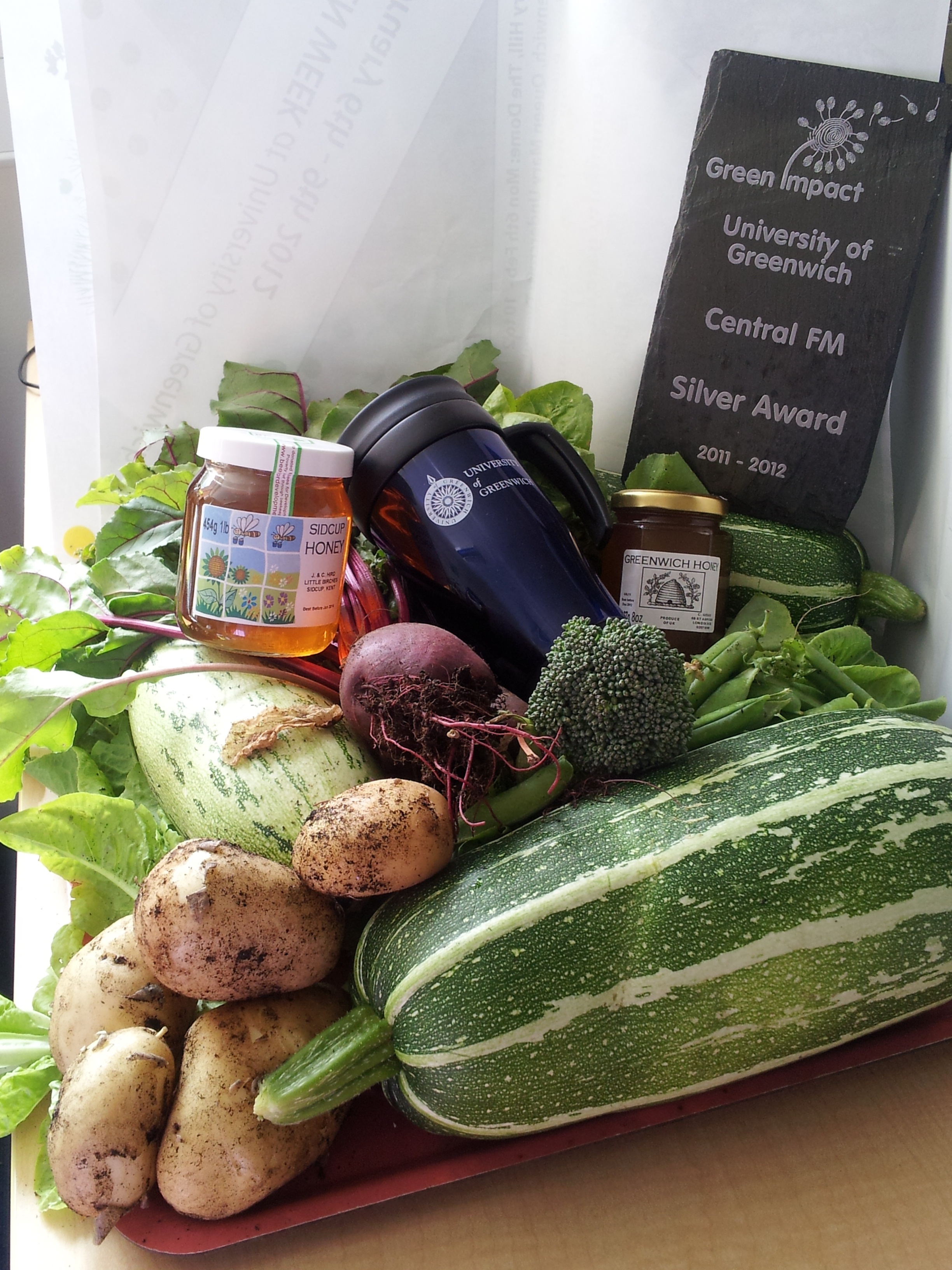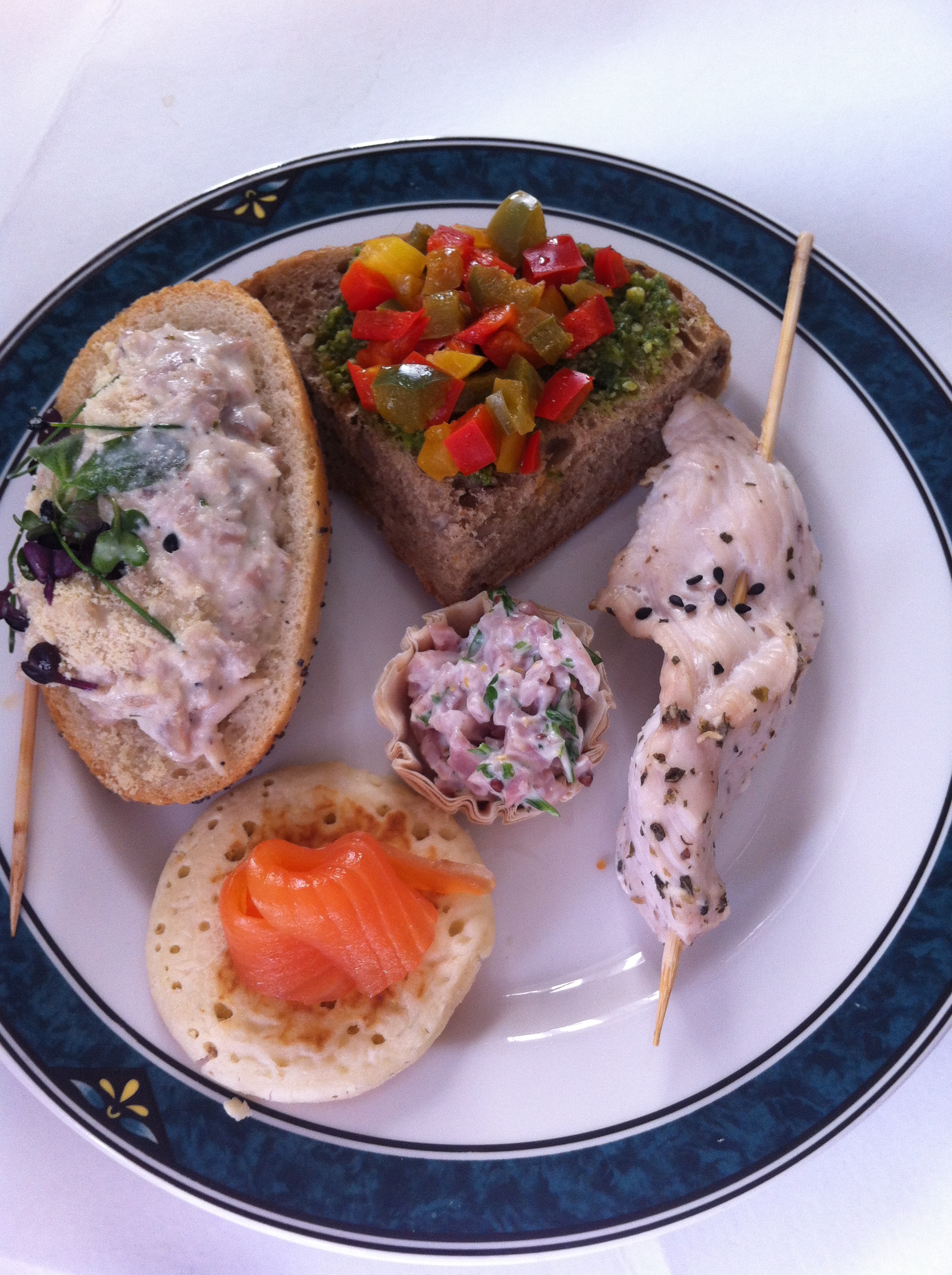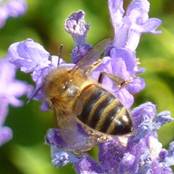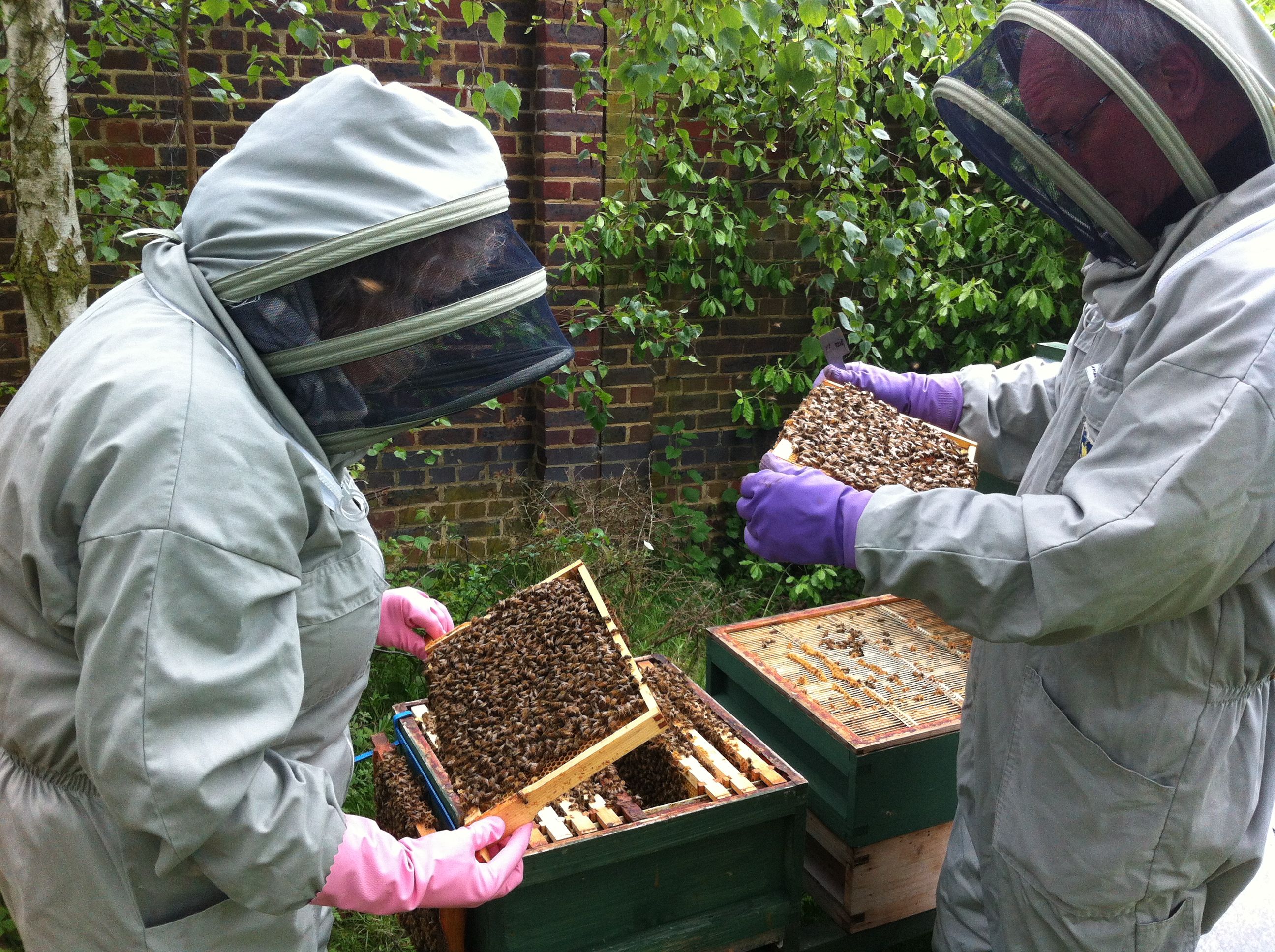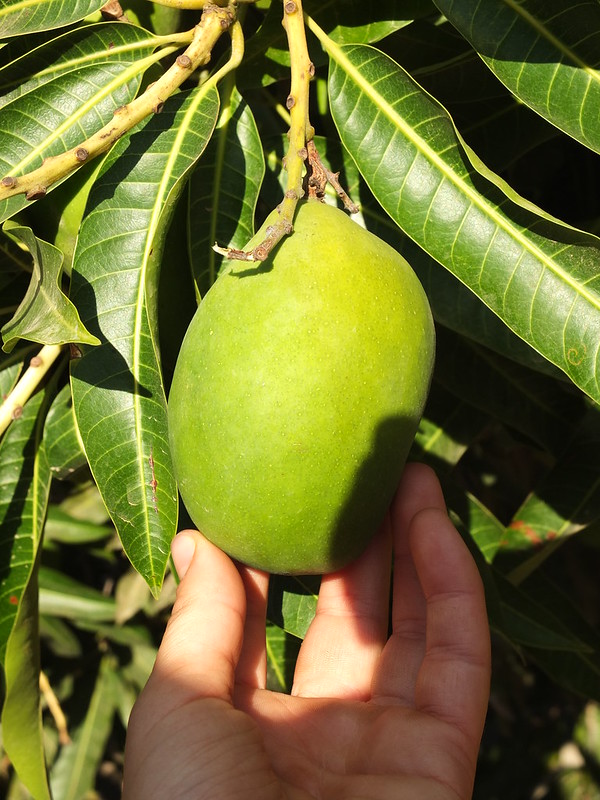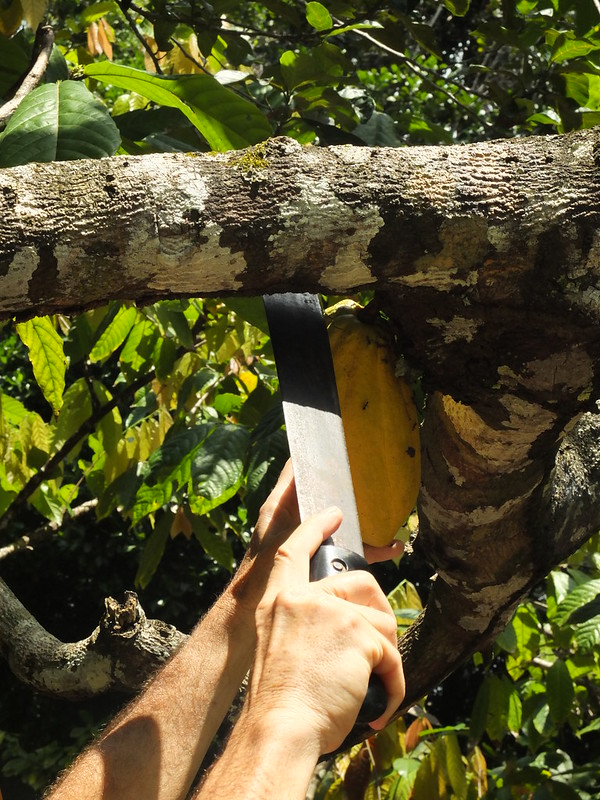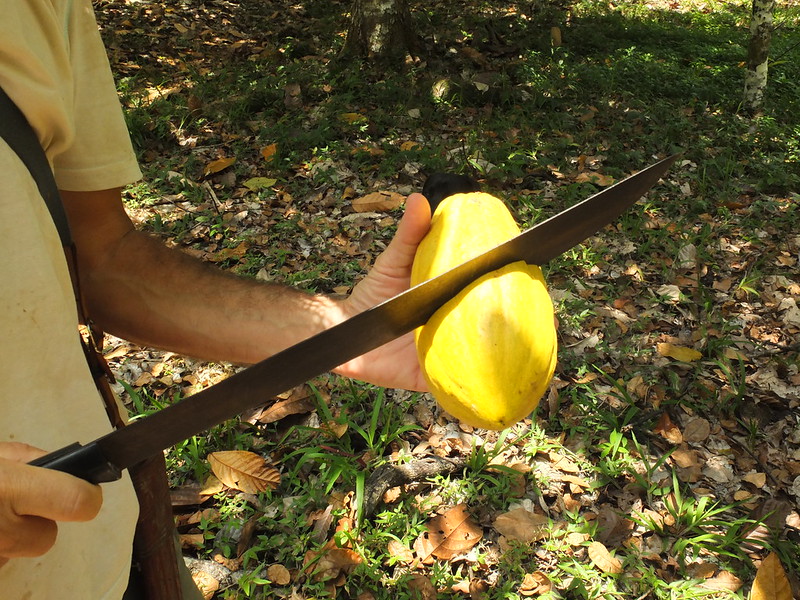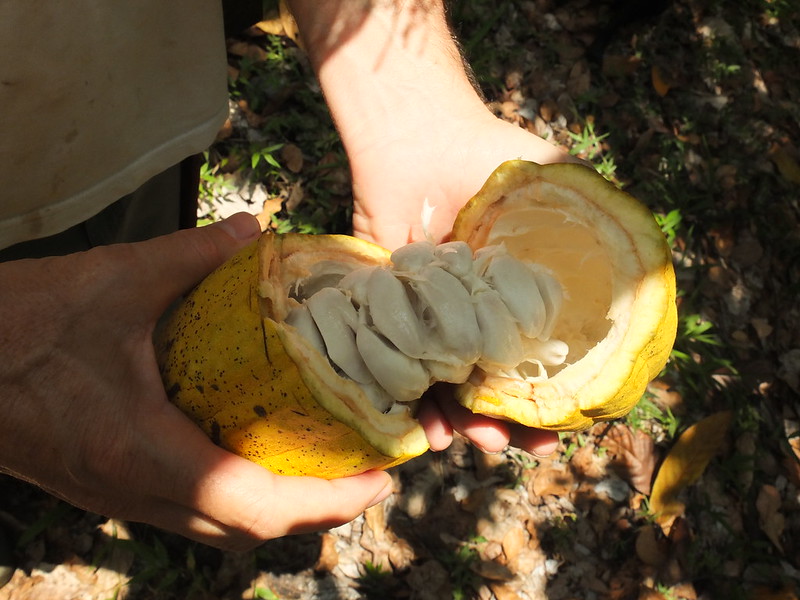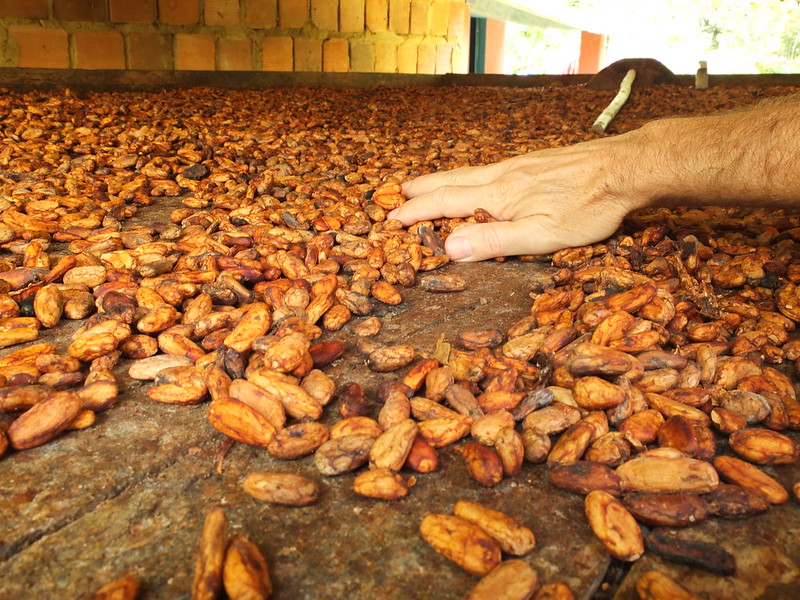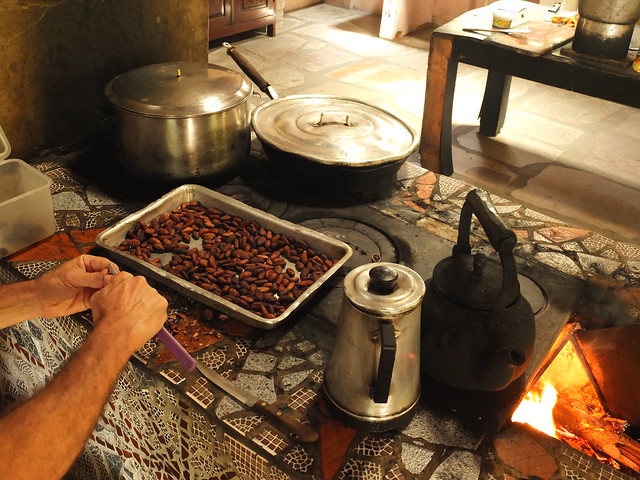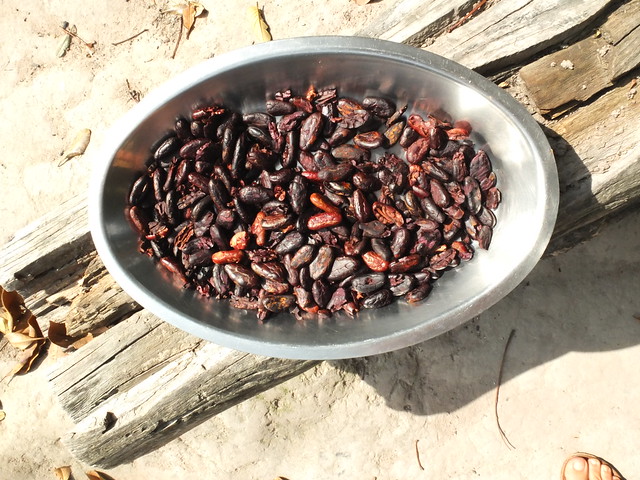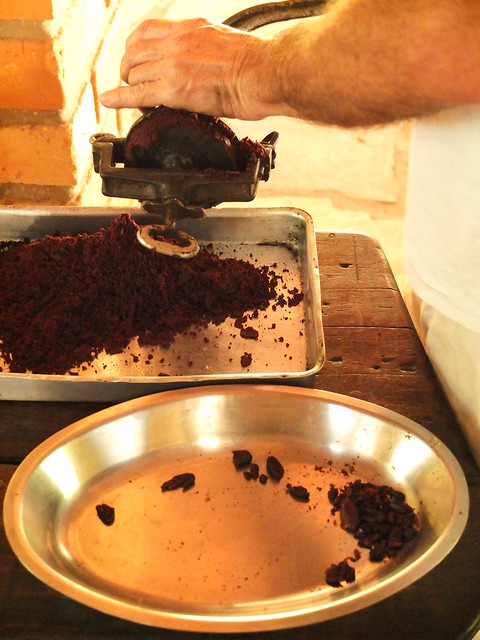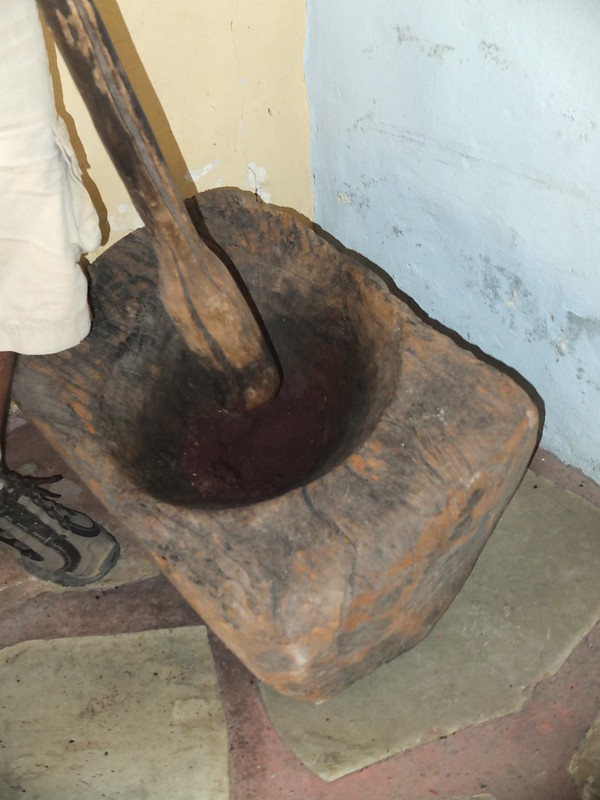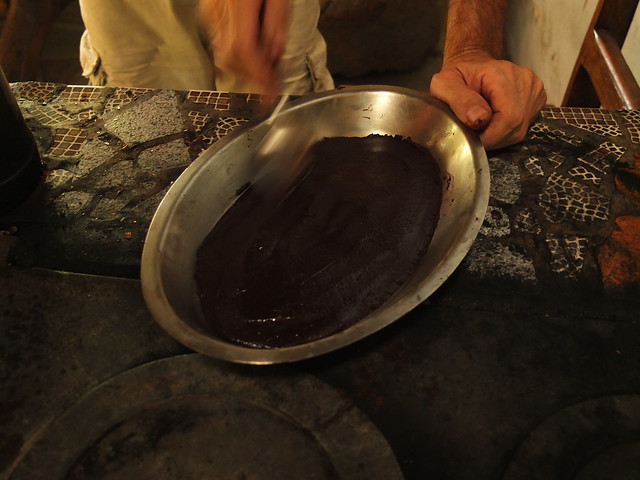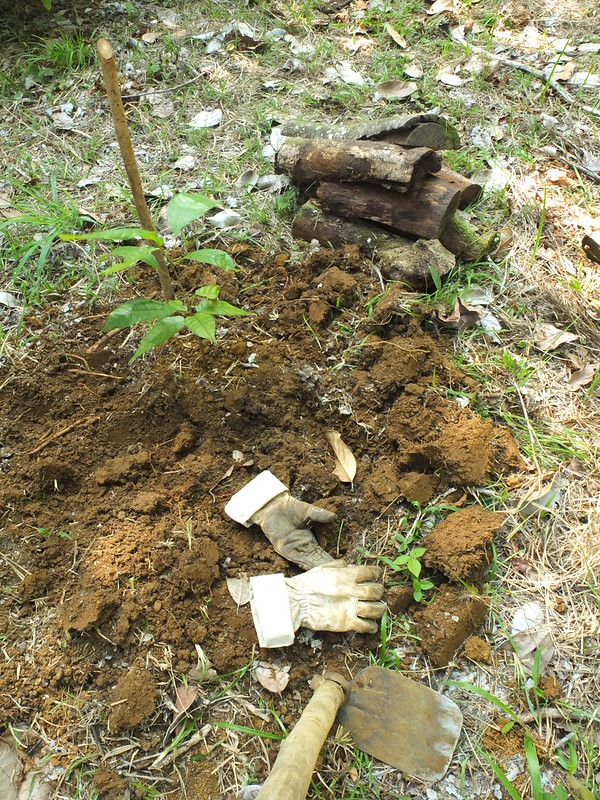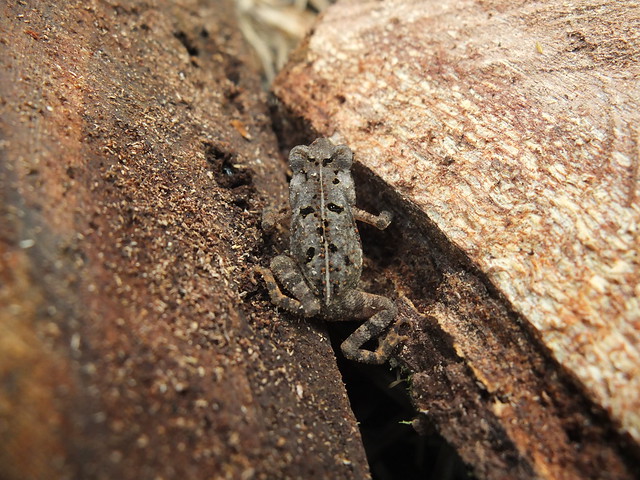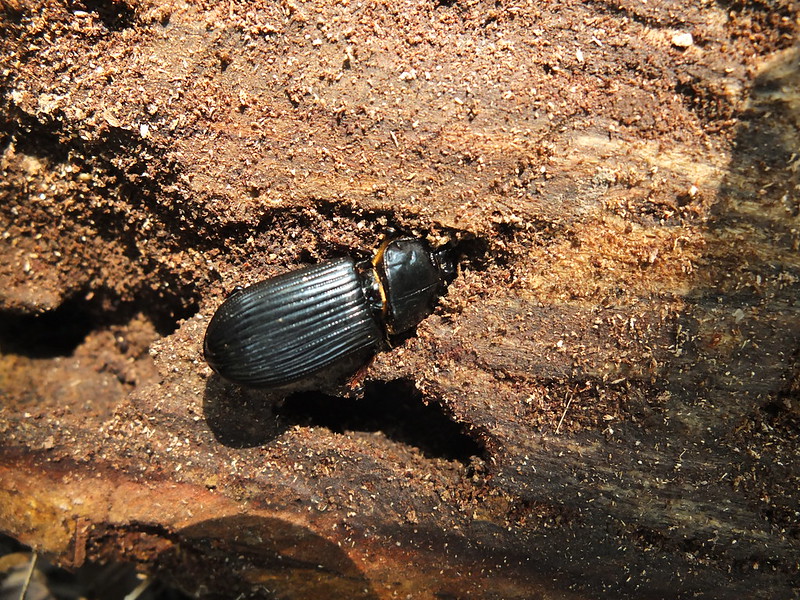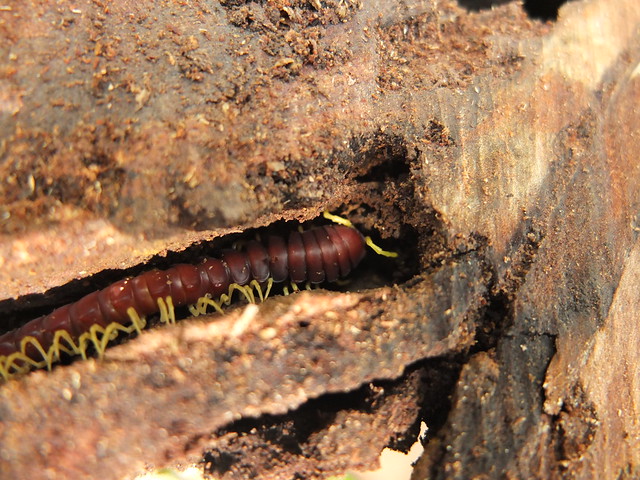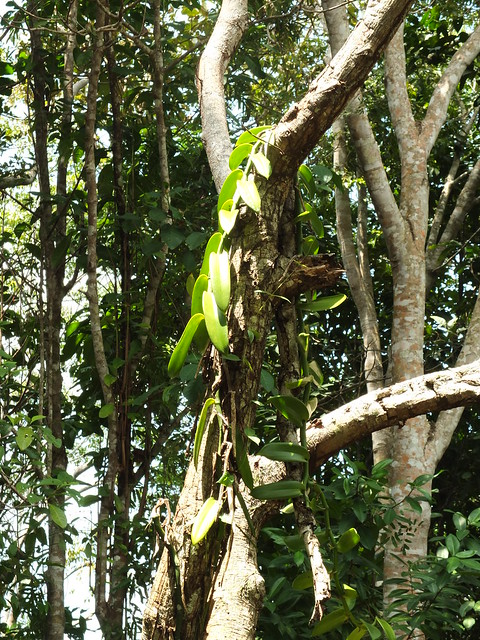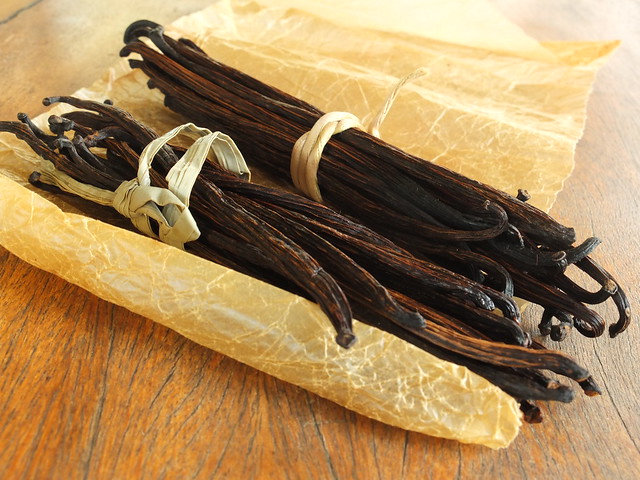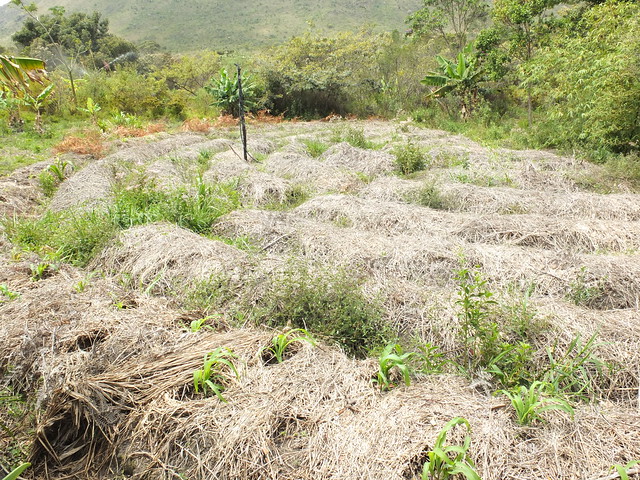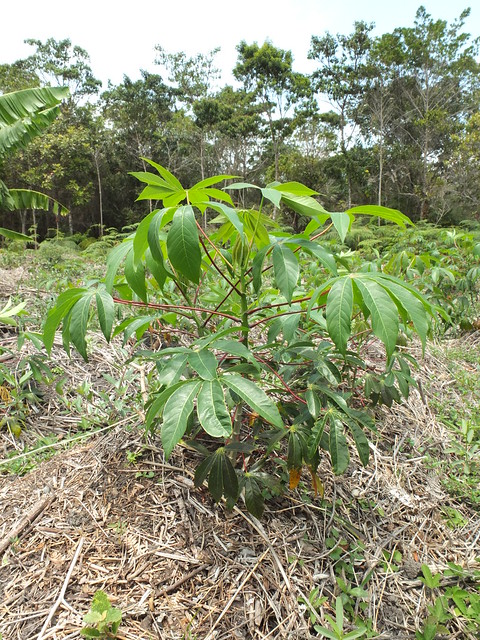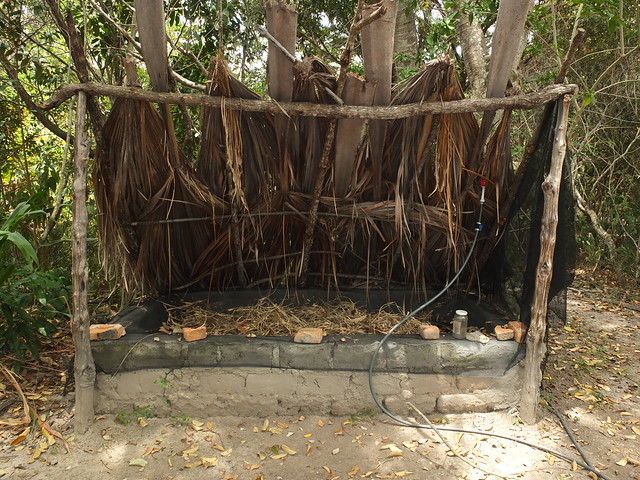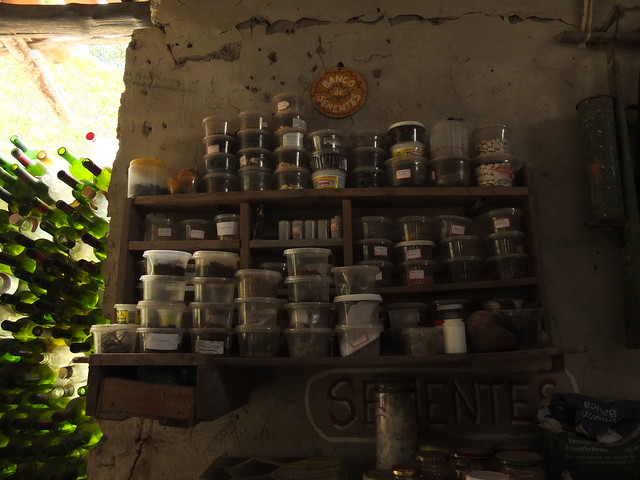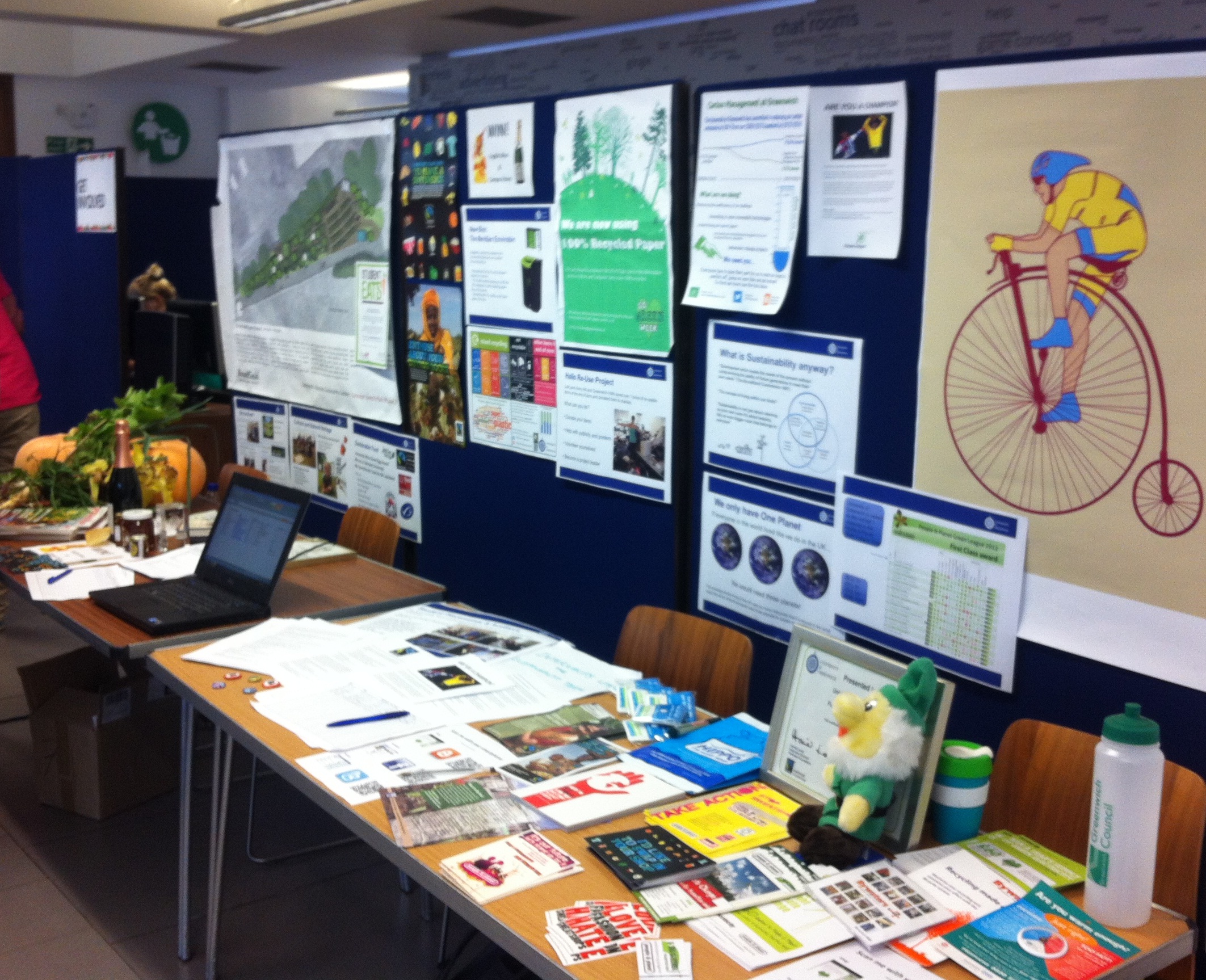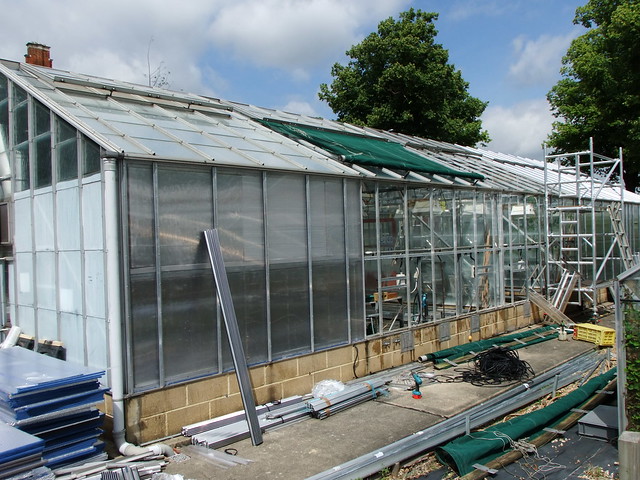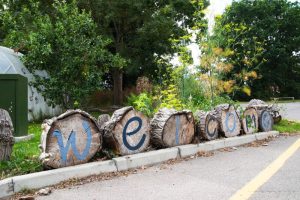London, a city bustling with energy and innovation, is once again at the forefront of a movement towards a more sustainable future. As the global climate crisis looms ever larger, the need for action has never been more urgent. In the heart of this vibrant metropolis, students from universities across the capital gather for the London Student Sustainability Conference 2024, a beacon of hope and catalyst for change.
This year we had many University of Greenwich members participate in the conference in the form of presenting, steering, volunteering and attending. Look forward to a few blogs to give you the inside scoop of what the conference was like!
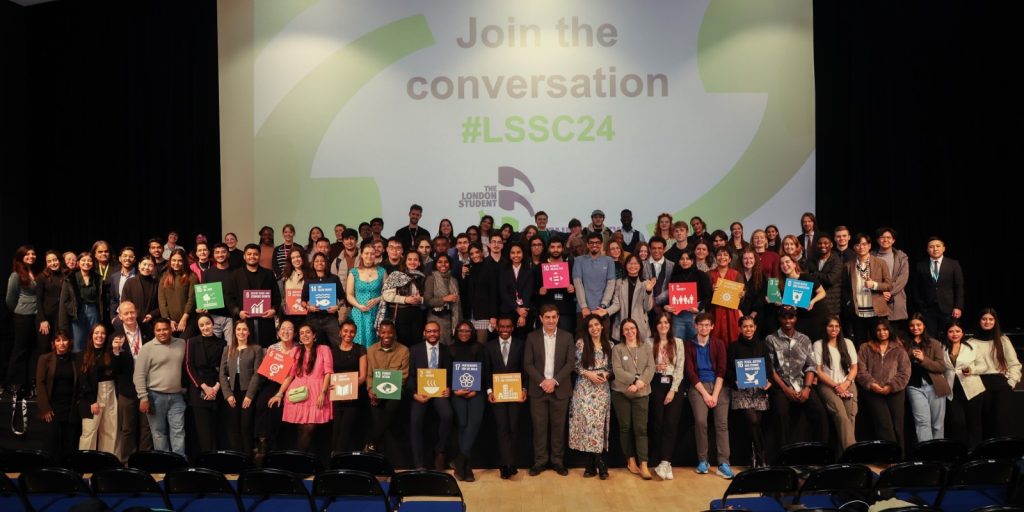
Sustainable Tourism: Unveiling Challenges and Opportunities in The Gambia
By Ousman Jawneh Jawara
Introduction:
My name is Ousman Jawneh Jawara, a third-year student pursuing a BA in Tourism Management. I was thrilled to be selected to present my project, “Tourism in Gambia: Challenges and Opportunities,” at the London Student Sustainability Conference hosted at Imperial College in London. This research topic has been a source of inspiration for me for over six years, shaping not only my academic journey but also my commitment to contributing to sustainable tourism development in my home country.
Background:
The Gambia, nestled in the heart of Africa, boasts a rich tourism history, abundant natural resources, UNESCO heritage sites, stunning beaches, and a delightful climate. Despite its small size, tourism plays a significant role, contributing 20% to the national GDP and fostering overall develop
ment. However, this growth is not without challenges, including climate change, environmental degradation, economic leakage, and a lack of comprehensive tourism policies.
Research Rationale:
My project aims to delve into the reasons behind the frustration in tourism development in The Gambia despite its vast natural resources. Key questions include understanding the draw factors for tourists, the impact of tourism on households, and its contribution to the national economy. Additionally, the lack of academic research in this area motivates this study, aiming to bridge the existing gap in knowledge.
Passion for Sustainable Tourism:
What compelled me to present at LSSC24 is the deep-seated passion, love, and dedication I have for my country. I am committed to achieving sustainable tourism development through research and promoting responsible tourism that not only benefits the economy but also safeguards our planet and involves local communities. Representing my university at this level is an added honor and responsibility.
Interest in Sustainability:
My interest in sustainability is rooted in its role as a solution to preserve our planet and its biodiversity. With a professional focus on tourism management, I comprehend the negative impacts associated with tourism and value the three pillars of sustainability – economic, social, and environmental. Embracing sustainability aligns with the UN’s 2030 agenda of meeting present needs without compromising future generations’ ability to meet their own.
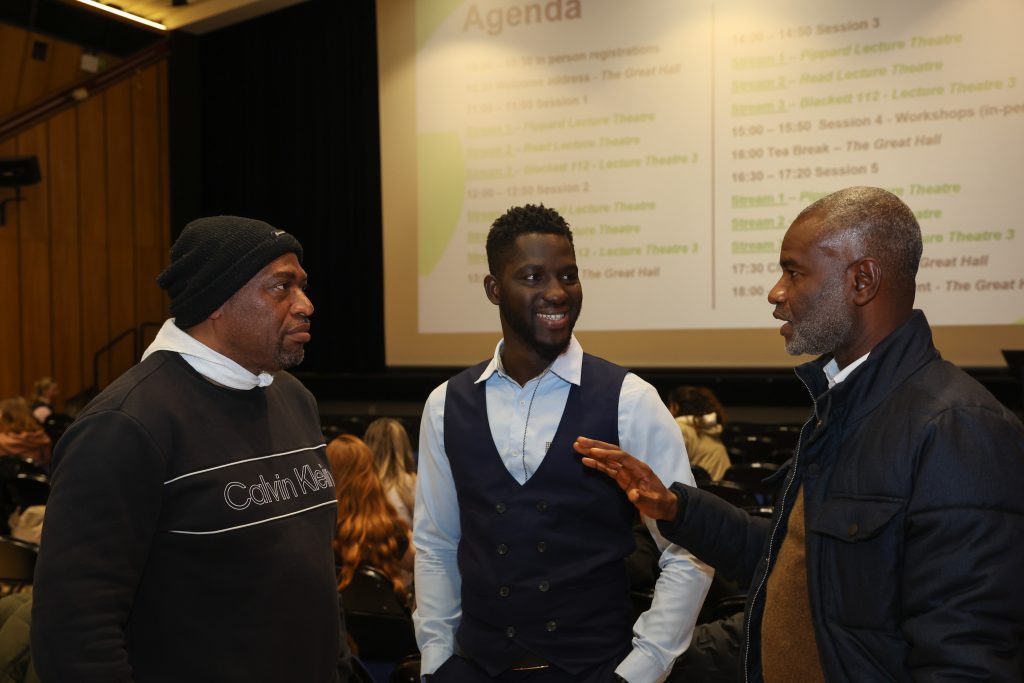

Collective Effort for a Sustainable Future:
The mantra, “Meeting the needs of the present without compromising the ability of future generations to meet their own needs,” underscores the importance of collective efforts. I advocate for increased awareness through educational campaigns and the integration of sustainability in development policies, ensuring equal opportunities for future generations.
Acknowledgments:
I extend my heartfelt appreciation to Dr. Fatemeh Mohamadi, my project supervisor, for her unwavering support throughout the presentation process. Special thanks to Andres Coca Stefaniak for inspiring me with his knowledge on sustainability, Samantha Chaperon, Lauren Siegel, Isabella Ye, and to all the dedicated lecturers from the Department of Tourism and Events.
In sharing my research, I aspire to contribute to the discourse on sustainable tourism, fostering positive change in The Gambia and beyond.
Embracing Sustainability and Student Leadership: My Journey as a Volunteer at LSSC24
By Ishan Thakkar
Hello, I’m Ishan Thakkar, a dedicated student pursuing International Business at the University of Greenwich. With a fervent interest in sustainability and a deep appreciation for nature, I am always on the lookout for opportunities that allow me to make a positive impact. My journey as a volunteer at the London Student Sustainability Conference 2024 (LSSC24), hosted at Imperial College London, was a testament to my proactive approach and commitment to environmental stewardship.
As I sit down to pen my thoughts on my recent volunteering experience at the LSSC24, I am filled with a sense of pride and fulfilment. This marks my second year of volunteering at this prestigious event, and with each passing year, my passion for sustainability and student leadership grows stronger.
The decision to volunteer at LSSC24 was driven by a deep-seated belief in the importance of sustainability and a desire to actively contribute to its advancement. Having volunteered at last year’s conference, I was inspired by the impactful discussions, innovative ideas, and unwavering dedication of both presenters and participants towards creating a more sustainable future. It was this inspiring environment that motivated me to return for another year of volunteering.
At LSSC24, I served as a volunteer, assisting presenters and organizers in ensuring the smooth execution of the event. From setting up venues to guiding attendees, every task was undertaken with enthusiasm and dedication. One of the most rewarding aspects of volunteering was the opportunity to engage with presenters and learn about their sustainability initiatives firsthand. Their passion and commitment to driving positive change left a lasting impression on me and reinforced my belief in the power of collective action.
As the day progressed, I found myself immersed in thought-provoking discussions and insightful conversations during the networking event. Interacting with fellow participants from diverse backgrounds provided a valuable opportunity to exchange ideas, perspectives, and experiences related to sustainability. From discussing innovative solutions to pressing environmental challenges to forging new connections and collaborations, the networking event epitomized the spirit of collaboration and collective effort that defines the sustainability movement.


Proudly student-led and organized by ten universities, LSSC24 showcased the collective efforts of students in addressing sustainability challenges. The commitment of the Student Delivery Group was evident in every aspect of the conference, infusing it with a student perspective and ensuring its success.
Looking ahead, I am very much inspired by my experience at LSSC24. It has reaffirmed my commitment to sustainability and ignited a newfound determination to make a meaningful impact. Therefore, I am excited to announce that I will be working on my own sustainability initiative over the coming year. My goal is to develop a comprehensive project that addresses a pressing sustainability issue and showcase it at the upcoming LSSC25. I eagerly anticipate becoming one of the presenters as well. I am eager to contribute to the ongoing dialogue on sustainability and to inspire others to join me in taking action towards a more sustainable future.
In conclusion, my experience as a volunteer at LSSC24 has been transformative. It has not only deepened my understanding of sustainability but has also empowered me to become a proactive agent of change. I am filled with gratitude for the opportunity to be part of such a meaningful event and am excited about the journey that lies ahead. With determination and passion, I am confident that together, we can create a more sustainable world for future generations.
My experience in the Student Delivery Group at LSSC24
By Michelle Kossowski
My name is Michelle Kossowski and I am a first-year international law student from Canada. I joined the university’s Sustainability team as a volunteer in September 2023. Ever since then, I have supported Clothes Swap events and was a member of the Student Delivery Group for the London Student Sustainability Conference 2024! I am drawn to the sector of sustainability because improving the environment has a direct effect on people’s quality of life. I believe sustainability is not just about improving the current quality of life, but ensuring it keeps to a high standard in the future. The issue of fast fashion interests me because I often see my peers making unsustainable fashion choices due to the rapidly changing trend cycle. I hope to educate others on the social and environmental impacts of unsustainable fashion. I am also intrigued in the intersection between sustainability and law because the law can be a mechanism to prevent environmental misconduct. I heard about the opportunity of joining the Student Delivery Group from the sustainability team at Greenwich. It was immediately a group I wanted to be a part of because I wanted to connect and network with like-minded individuals. I also was interested in this event because it highlighted the ambitious ideas of young people who truly believe teamwork will lead to a greener planet. My first meeting with the Student Delivery Group was electric, as we all had ideas about the event. It was a diverse and welcoming space to give and receive feedback. I settled as the conference’s Social Media Manager and my responsibilities were to create promotional content and content on the day. The opening ceremony of the conference was already filled with excitement and hope.


A highlight of the ceremony was a speech given by Dr. Omnia El Omrani, who is a Climate Change and Health Junior Policy Fellow at Imperial College London. She talked about her work in promoting a health-focused approach to sustainability across the world and how she presented youth efforts on climate and health at COP28 UAE. This set an inspirational tone for the day! Although I was running around the building with the student photographer getting the perfect shots for social media, I found the time to sit down for a presentation. I listened to Niso Khamraeva’s presentation, “Saving the Aral Sea,” which focused on a region of the world that was completely new to me, Karakalpakstan. She discussed the gender and climate impacts of the community’s diminishing water source and finished the speech with the insightful question: “If every specialist brought with them a bucket of water, would the sea be filled again?” After the presentation, I went to conduct short interviews with the workshop leaders. It was a comfortable atmosphere and the lecturers I spoke with were open about their experiences and motivations surrounding the LSSC24. Attending the LSSC24 was an enriching experience to learn more about sustainability from a student perspective and I intend to foster all the connections I made
LSSC24: Creating opportunities for students to shine
By Fariha ‘Faz’ Ahmed
Hi, I’m Faz Ahmed, Sustainability Projects Assistant at The University of Greenwich. I became a part of the UoG fabric around 5 months ago and one of the first tasks I got given was to be involved in the London Student Sustainability Conference 2024. Now, in all honesty I had never heard of this conference (which is shameful considering I just recently graduated in sustainability from a London university), so I turned up to the meetings with very little clue and first-day jitters.
But what I found was an inspiring group of higher education professionals gung-ho in creating the best and most impactful experience for students interested in a topic near and dear; sustainability.
Steering group leader, Arthur Shearlaw, spear-headed the event to what it is, ensuring everyone was on the same page, and doing a lot of the less than exciting work; the dreaded admin. I was lucky to have UoG Sustainability Manager, David Jackson to hold my hand through the process and make me aware of the ins and outs. Apart from these shout-outs it was just wonderful to meet such an eclectic group of varied people ranging from lecturers, sustainability professionals and people new to higher education, just like me, who were truly enthused to share their knowledge and experiences in sustainability.
Now, when it comes the actual event, I made the rather rash decision to manage the student volunteers who so kindly gave up their time to make the event what it was. If I’m being honest, the role did make me want to scream at times, especially when I was running around like a headless chicken on the day. However, the screams quickly turned into smiles once I met such a broad range of young, passionate students with real interest in contributing to how our world is shaped.
The experience was incredible, and I’ll leave it at that.









